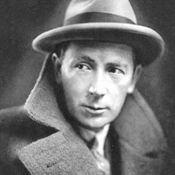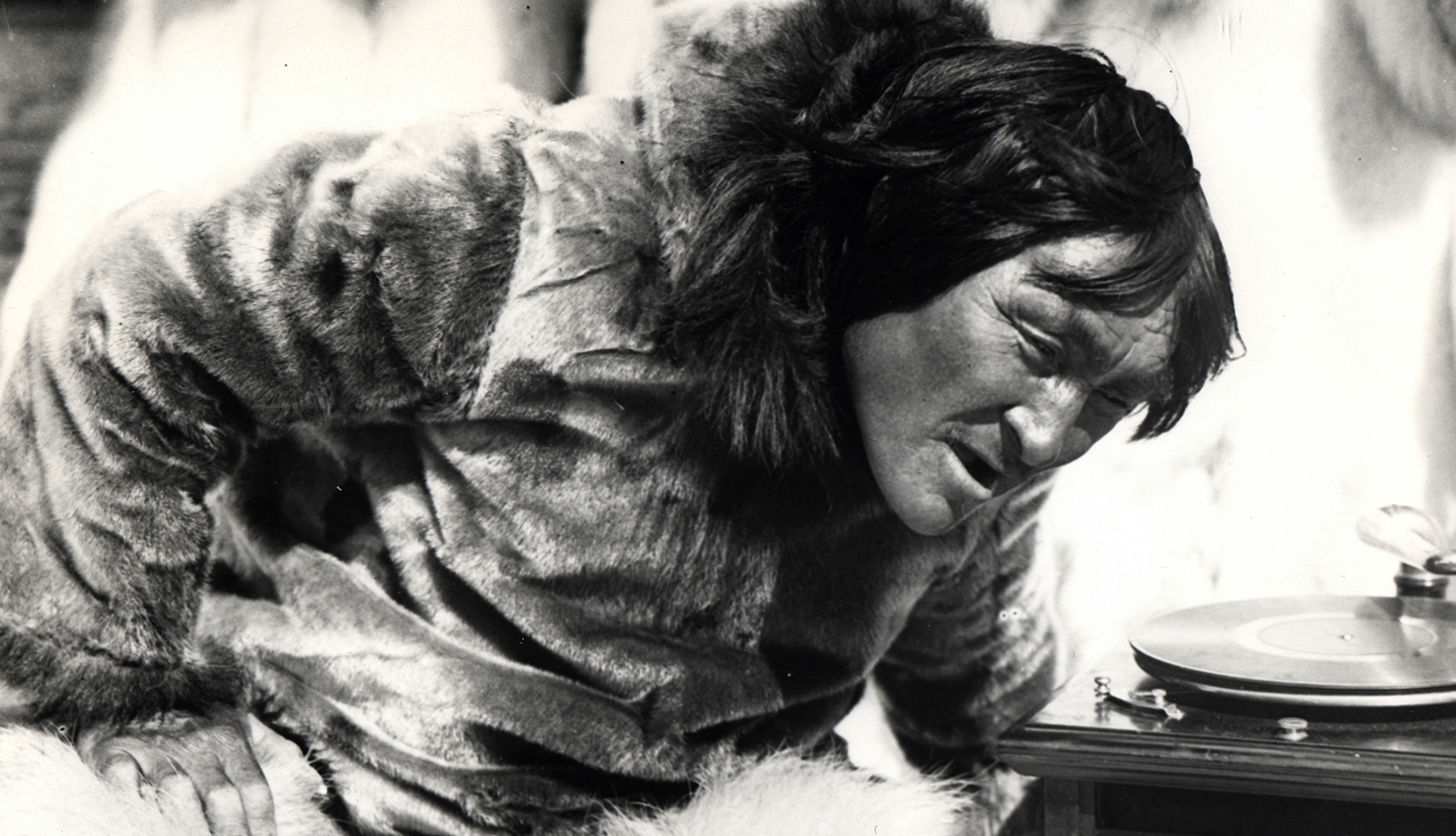Nanook of the North
Robert J. FLAHERTY
- Canada, France
- 1922
- 65min
- G
- mov
- black and white
Synopsis
Robert J. Flaherty’s classic film tells the story of Inuit hunter Nanook and his family as they struggle to survive in the harsh conditions of Canada’s Hudson Bay region. Enormously popular when released in 1922, Nanook of the North is a cinematic milestone that continues to enchant audiences.
Review
From 1914 to 1915, Robert Flaherty went on an expedition to the lands of the Arctic indigenous peoples. However, the vast amount of film he shot there is destroyed in a fire. Flaherty then returns to Hudson Bay and spends 16 months living and filming with the natives. His new focus is a hunter named Nanook and his family. Flaherty captures them living in their traditional ways and trading with the outside world. In 1922, he released Nanook of the North, which is celebrated as the first feature-length documentary film. Celebrated as the first footage of the documentary, the film presented several important elements that would come to define the genre: exploration, ethnography, knowledge production, and landscape. At the same time, it has served as a catalyst and frame of reference for various discussions on the evolution of documentary ethics and aesthetics. Discussions that illuminate collaboration and interaction with indigenous peoples have competed with concerns about the film's potential to perpetuate indigenous peoples as exotic savages. There was also a debate about the form of documentary representation sparked by the hybrid use of dramatic reconstruction and documentation through re-enactment. Nanook of the North is still full of clues to unearth the primordial potential of the documentary. This is the meaning and role of the first scene.
Director
-

Robert J. FLAHERTY
Between Robert J. Flaherty’s major feature-length films, Nanook of the North (1922), Moana (1926), Man of Aran (1934), and Louisiana Story (1948), he made several smaller ones outside the epic man-against-nature format. More than 50 years after his death, Flaherty’s name still stands out among the most celebrated in motion picture history.

